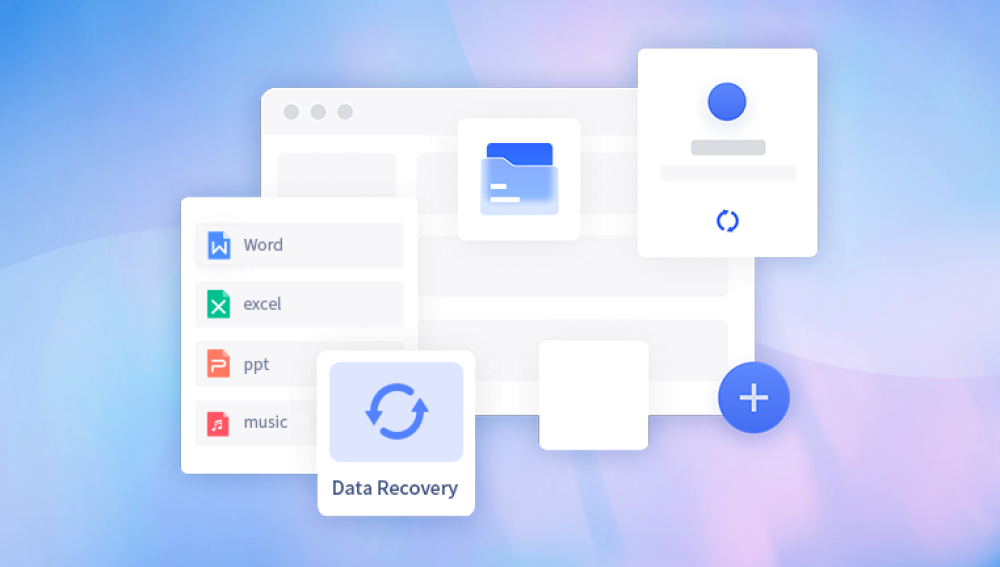How to Recover a File That Was Replaced
When a file is replaced (e.g., overwritten by saving a new file with the same name), the original isn’t always gone it may still exist in backups, temporary files, or recoverable disk space. Here’s how to retrieve it:
1. Check Application-Specific Recovery Options
Microsoft Word:
Open Word > "File" > "Info" > "Manage Document" > "Recover Unsaved Documents."
Look for an AutoRecover version (saved every 5-10 minutes by default).
Alternatively, check "Versions" for a pre-save copy.

Google Docs:
Open the file > "File" > "Version history" > "See version history."
Scroll through timestamps and restore the desired version.
Other Editors (e.g., Notepad++, VS Code):
Look for built-in backup features or autosave folders (check settings or documentation).
2. Use System Backups
Windows File History:
Right-click the file > "Restore previous versions."
Select an older version from before the replacement > "Restore."
Enable File History in "Control Panel" > "System and Security" if not already active.
Mac Time Machine:
Open Time Machine > Navigate to the file’s folder > Find the original > "Restore."
Cloud Services (OneDrive, Dropbox):
Log in > Locate the file > Check "Version History" or "Previous Versions" > Restore.
3. Search for Temporary Files
Programs often create temp files (e.g., ~$filename.docx).
Open File Explorer/Finder > Go to the file’s folder > Show hidden files:
Windows: View > "Hidden items."
Mac: Cmd + Shift + .
Search for files with similar names or timestamps > Open and save if valid.
4. Undo Recent Actions
If you just replaced the file:
Press Ctrl + Z (Windows) or Cmd + Z (Mac) in the file explorer or editor.
Check the app’s "Undo" option (e.g., Edit menu).
5. Use Data Recovery Software (e.g., Drecov Data Recovery)
If backups or temp files aren’t available, recovery software is your next step:
Steps with Drecov Data Recovery:
Download from recovery.pandaoffice.com (free trial available).
Install on Windows > Launch the app.
Select the drive/folder where the file was stored > Click "Scan."
Preview results (e.g., your document) > Select > "Recover."
Save to a new location.
Why It Works: When a file is replaced, the original data may remain on the disk until overwritten by new data. Tools like Panda scan for these remnants.
Tip: Stop using the device immediately to prevent overwriting.
6. Check Recycle Bin/Trash
If the original was deleted before replacement:
Open Recycle Bin (Windows) or Trash (Mac) > Search for the file > Right-click > "Restore."
Key Tips
Act Fast: The longer you wait, the higher the chance the original data gets overwritten.
Prevention: Enable backups (File History, Time Machine) or autosave features moving forward.
File Size Context: A word document (~15-20KB as text, larger with formatting) is small, increasing recovery odds if acted on quickly.
Why This Happens
Replacing a file overwrites its directory entry, but the original data may linger on the disk until new data claims that space. Recovery depends on how much activity has occurred since the overwrite.
If you’ve tried these steps and need more help—or want specifics for a certain tool or scenario—just say so!




